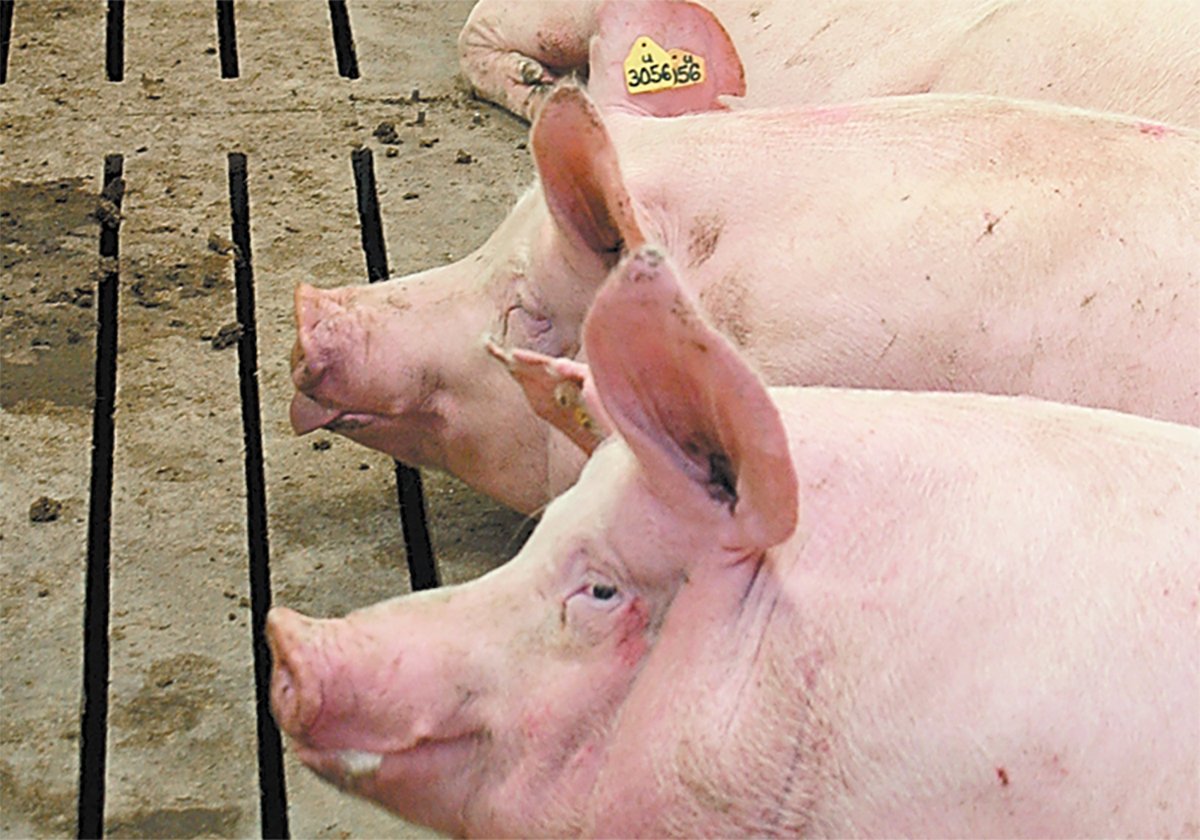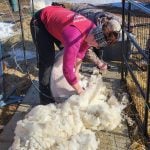Maedi-visna is an important viral disease that damages economic returns to sheep producers around the world.
The name comes from the Icelandic language: maedi means difficulty breathing, which was a symptom of the pneumonia that developed, and visna means shrinking or failing, which was seen with a neurological form of the disease.
The other name for the disease is ovine progressive pneumonia, which describes the slowly progressive, untreatable pneumonia that develops in some sheep infected with this virus.
The virus that causes this disease is from the lentivirus family, which are sometimes called slow viruses. They typically infect their host for life and the disease slowly develops over time.
Read Also

Western Producer Livestock Report – August 14, 2025
Western Producer Livestock Report for August 14, 2025. See U.S. & Canadian hog prices, Canadian bison & lamb market data and sales insights.
The human immunodeficiency virus (HIV) associated with AIDS in people is one of the more well known viruses of the lentivirus family.
The maedi-visna virus tends to target the lungs, mammary glands, brain, spinal cord, joints and lymph nodes and causes an ongoing inflammatory reaction.
The slow nature of the virus and the disease means that we rarely see clinical diseases in animals until they are at least two years old. Clinical signs are usually more apparent closer to four or five years of age.
In some sheep, the inflammatory process is most predominant in the lungs, which causes a chronic pneumonia with a dry spasmodic cough.
The affected animals usually do not have a fever and often experience significant weight loss or wasting as a secondary effect of the pneumonia. However, the most common clinical sign of a maedi-visna virus infection is a mammary gland infection that results in a firm udder. Milk production is drastically reduced, although the milk appears normal.
Producers familiar with the disease often refer to it as hard bag. The drop in milk production can affect weaning weights of lambs from infected ewes and is probably one of the most important economic consequences of the disease. In addition, several studies have also shown that infected ewes are less likely to get pregnant, probably as a result of the weight loss that occurs in association with the other symptoms.
Two studies have recently tried to estimate the prevalence of this disease in Western Canada.
The more recent Manitoba study sampled sheep from 77 flocks and found that 2.4 percent of ewes tested were positive for antibodies. Twenty-five percent of the farms tested had at least one ewe test positive for the disease.
An earlier study focused on sampling cull ewes in Alberta abattoirs and found that 27 percent had evidence of the disease in their lungs or udders and 13 percent had antibodies to the virus in their blood.
It makes sense that the cull ewes would have a higher prevalence of the disease than the ewes randomly sampled from the Manitoba farms because the symptoms of maedi-visna often result in premature culling of ewes.
The virus can be spread through colostrum and milk or directly to the lamb while in the uterus.
However, these methods are not efficient and only 20 percent of lambs born to positive ewes become infected through milk and colostrum.
The other method of infection is from lamb to lamb or ewe to lamb by coughing or aerosol spread. This can be limited by spreading out the flock and using less intensive rearing methods, especially during lambing.
There is no treatment for maedi-visna, but the disease can be controlled by testing the flock and removing infected animals. A reasonably accurate blood test is available that can detect the antibodies to the maedi-visna virus in infected sheep. This approach allows producers to screen incoming animals to the flock as well as test and remove sheep that test positive.
By setting up an annual testing program, producers and veterinarians can design a removal strategy that will effectively control this economically damaging disease.














